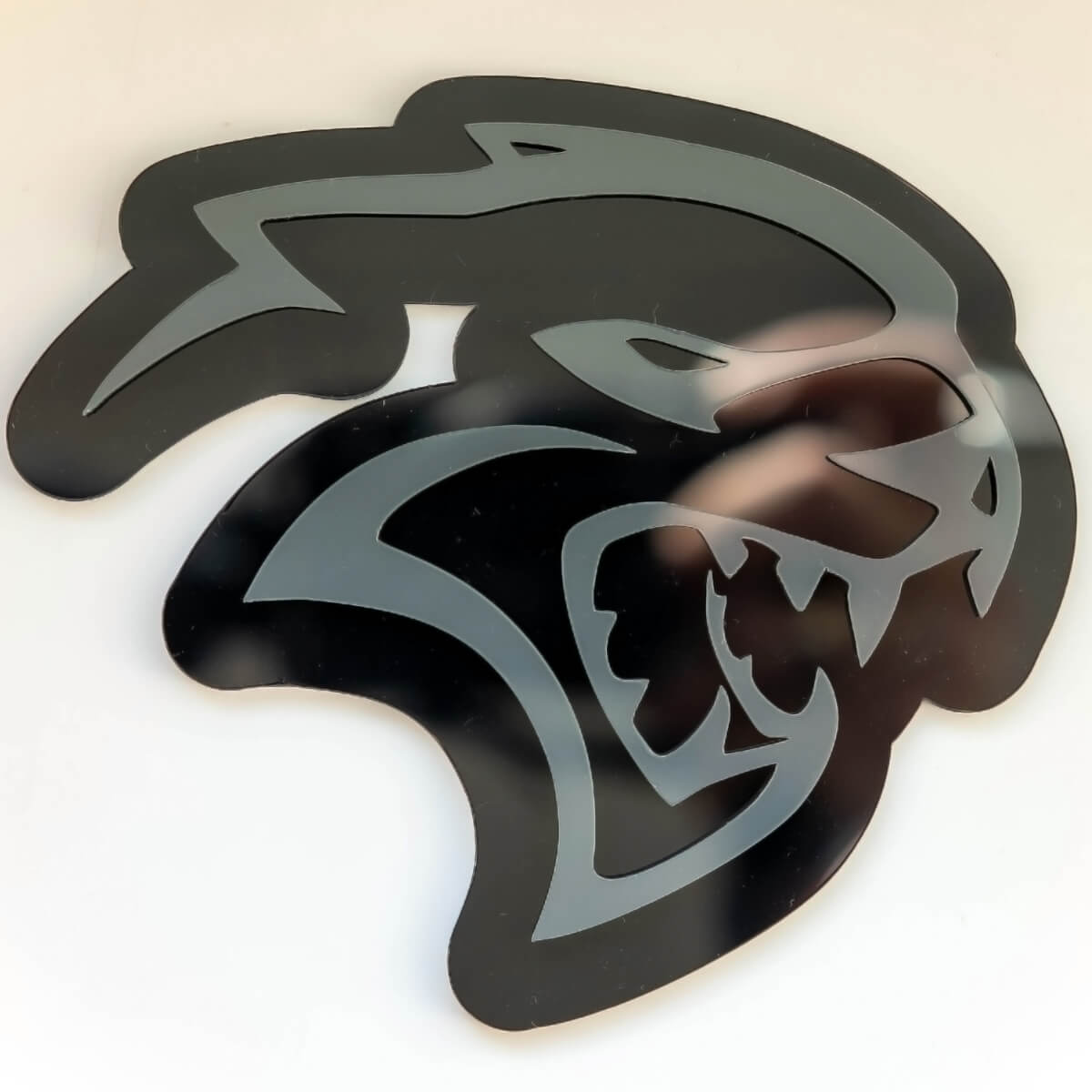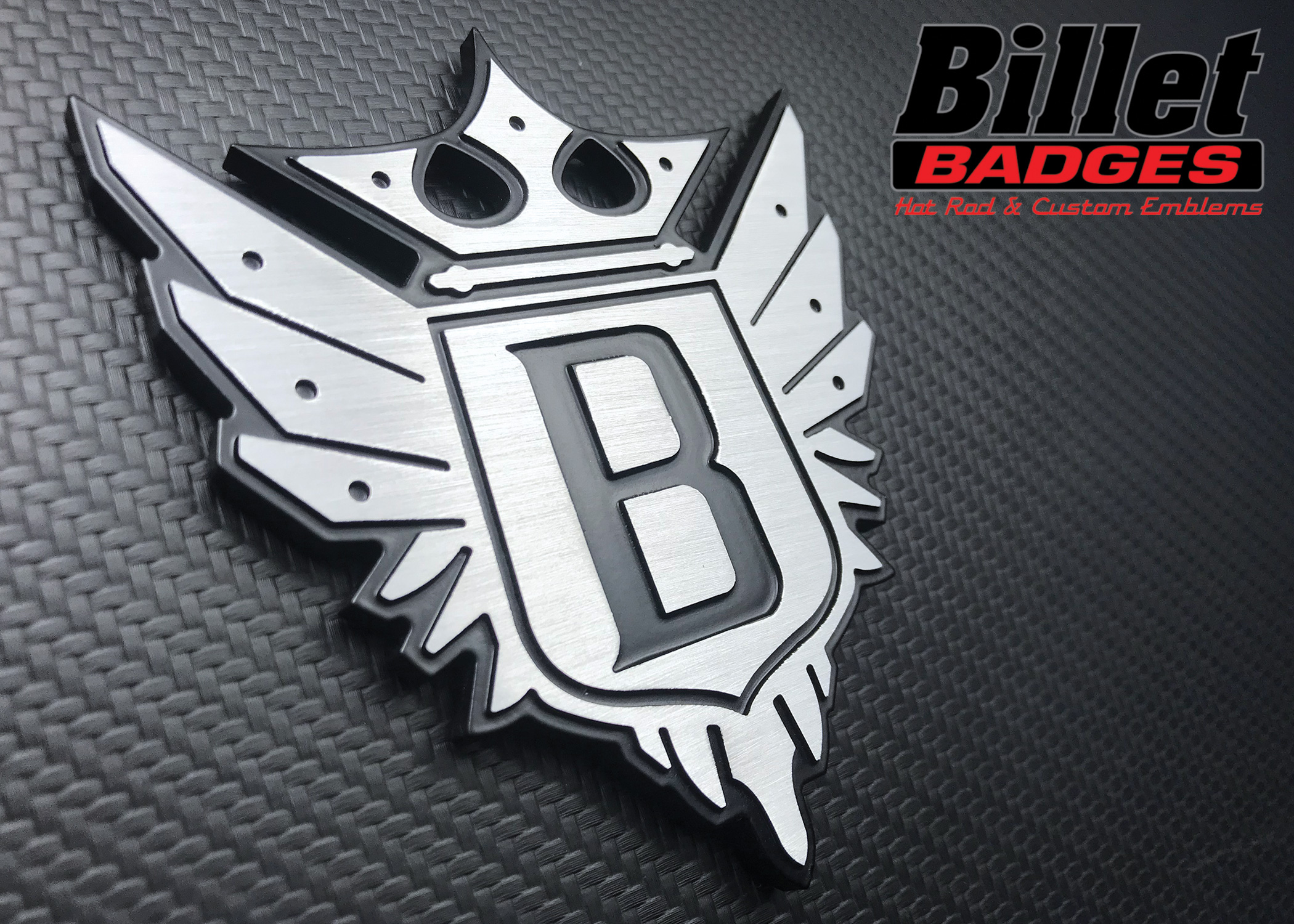Top Features to Take Into Consideration When Creating a Custom Emblem
Top Features to Take Into Consideration When Creating a Custom Emblem
Blog Article
Producing an Enduring Perception With Custom-made Emblems: Design Tips and Concepts
The production of a customized emblem is a pivotal step in establishing a brand's identification, yet numerous ignore the subtleties that add to its performance. As we discover these critical components, it comes to be clear that there is even more to crafting a symbol than plain looks; understanding these concepts can transform your approach to brand depiction.
Recognizing Your Brand Identification
Comprehending your brand name identification is crucial for creating custom-made emblems that reverberate with your target audience. Your brand identification incorporates the values, objective, and personality that specify your company. It works as the foundation for all aesthetic depictions, consisting of custom-made symbols. By clearly verbalizing what your brand name represents, you can guarantee that the layout components of your symbol mirror these core principles.

A well-defined brand name identification not only aids in developing an unforgettable symbol but also fosters brand commitment and recognition. Eventually, a symbol that truly shows your brand name identification will certainly create a significant connection with your target market, reinforcing your message and enhancing your general brand approach.
Picking the Right Color Styles
Choosing the ideal colors for your custom-made symbol plays a critical role in communicating your brand's identity and message. Colors stimulate feelings and can considerably influence assumptions, making it necessary to select shades that reverberate with your target market. Begin by thinking about the mental effect of shades; for example, blue frequently shares trust and professionalism and trust, while red can evoke excitement and seriousness.
It is also essential to straighten your color options with your brand name's worths and market. A tech company may choose trendy colors, such as eco-friendlies and blues, to show development and dependability, whereas an innovative firm may accept strong and dynamic shades to showcase creative thinking and power.
Furthermore, think about the shade consistency in your style. Making use of a shade wheel can assist you determine analogous or complementary colors that create aesthetic balance. Goal for an optimum of three primaries to preserve simplicity and memorability.
Typography and Font Choice
An appropriate font can substantially boost the effect of your custom-made symbol, making typography and font option critical components of the style process. The typeface should line up with the brand name's identity, sharing the appropriate tone and message. As an example, a contemporary sans-serif font may evoke a sense of innovation and simpleness, while a timeless serif typeface can interact tradition and dependability.
When selecting a typeface, consider legibility and scalability. Your emblem will be made use of across various media, from calling card to billboards, so the typeface has to remain clear at any size. Furthermore, stay clear of excessively decorative font styles that might diminish the overall layout and message.
Combining fonts can also develop visual rate of interest yet requires careful pairing. Custom Emblem. An usual technique is to utilize a bold typeface for the primary message and a corresponding lighter one for second components. Uniformity is key; limit your choice to 2 or three fonts to preserve a natural appearance
Incorporating Purposeful Signs

For example, a tree might represent development and stability, while an equipment may represent development and precision. The secret is to make sure that the symbols resonate with your target market and mirror your brand's mission. Participate in conceptualizing sessions to explore various ideas and gather input from diverse stakeholders, as this can generate a richer selection of options.
In addition, consider exactly how these symbols will function in combination with various other style elements, such as colors and typography, to produce an impactful and cohesive symbol - Custom Emblem. Eventually, the appropriate symbols can boost recognition and foster a stronger psychological link with your target market, making your brand unforgettable and significant.
Ensuring Adaptability and Scalability
Guaranteeing that your personalized symbol is scalable and functional is vital for its efficiency throughout numerous applications and mediums. A properly designed symbol should maintain its honesty and aesthetic appeal whether it's shown on an organization card, a site, or a big banner. To accomplish this, Home Page concentrate on creating a design that is straightforward yet impactful, staying clear of elaborate information that might become lost at smaller sized dimensions.

Checking your emblem in numerous formats and sizes is important. Assess exactly how it does on various histories and in different settings to guarantee it continues to be identifiable and effective. By prioritizing convenience and scalability in your design procedure, you will certainly create a symbol that stands the test of time and efficiently represents your brand name across all touchpoints.

Conclusion
To conclude, the production of customized symbols requires a critical method that integrates numerous layout components, including brand name identification, color option, typography, and symbolic representation. Stressing simpleness and scalability guarantees that the emblem stays functional across various applications, while significant symbols improve psychological resonance with the audience. By meticulously integrating these components, brand names can grow a distinctive identity that fosters acknowledgment and leaves a long lasting impact on consumers.
A well-defined brand identity not only help in producing a memorable symbol however likewise cultivates brand loyalty and recognition. Ultimately, a symbol that genuinely mirrors your brand name identity will certainly create a meaningful connection with your audience, enhancing your message and enhancing your total brand name approach.
Selecting the best shades for your customized symbol plays an essential function in communicating your brand's identification and message. By focusing on versatility and scalability in your design procedure, you will certainly create additional resources a symbol that stands the examination of time and efficiently represents your brand across all touchpoints.
In final thought, the development of personalized symbols demands a tactical technique that harmonizes different design elements, consisting of brand name identity, shade selection, typography, and symbolic representation.
Report this page